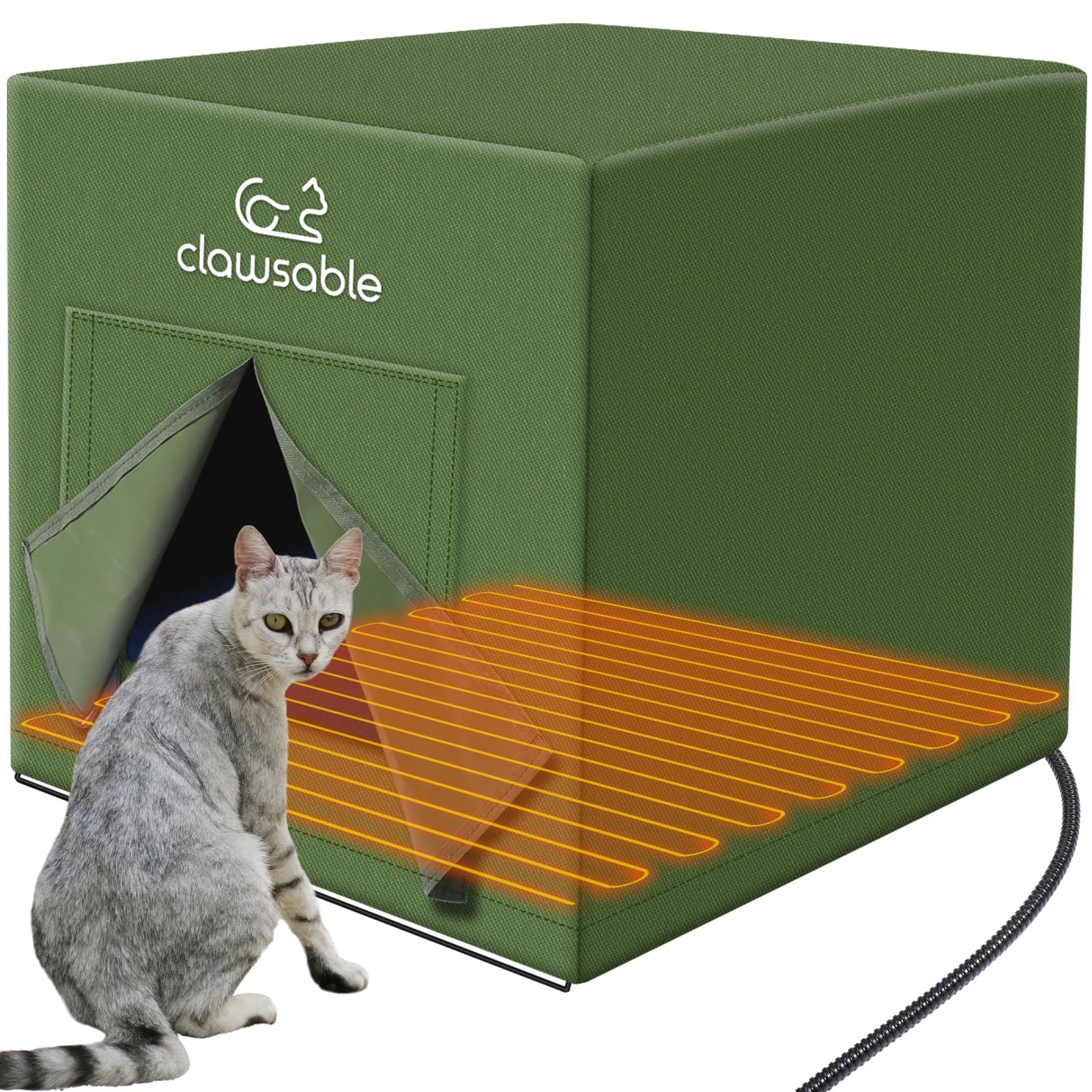Outdoor Cat Heated Pad: A Safe, Cozy Haven
- Cat heating pads are necessary to meet a cat's temperature requirements during the winter season.
- They provide warmth for cats in cold weather and help pets with joint injuries or diseases like arthritis.
- Cat heating pads reduce the risk of freezing and can be seen as a small investment compared to other purchases.
- Safety is important when choosing a cat heating pad to avoid electric shocks or fire hazards.
- It's recommended to thoroughly read product specifications or have a salesperson test the device before purchasing.
- Most pads operate on a safe twelve-volt system and can be left on all day and night.
- Cats can be trained to rest on the pad or mat easily.
- Some cat heating pads have a maximum temperature of over 40 degrees Celsius and allow for adjustable temperatures.
- Heating pads and electric blankets are generally safe for cats on a low or warm setting, but should be supervised.
- A homemade heating pad can be unsafe due to unpredictable temperature levels.
- Provide feral cats with a warm covered box for shelter during winter.
- Use a heating pad in the sleeping box if you have electrical outlets outside.
- Cut a small hole in the box to feed a waterproof outdoor electrical cord through.
- Place a heating pad between a carpet square and blanket in the box.
- Set the heating pad to a low setting and use a timer to turn it on at dusk and off in the morning.
- Place the box in a dry, covered area like on a porch, covered patio, or storage shed.
- Cat heating pads have lower wattage (4-6 watts) compared to regular heating pads (15-60 watts).
- There are also "self-warming" cat heating pads and beds available.
- Supervise your pet's use of heating pads or opt for a cat heating pad when in doubt.

